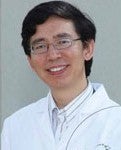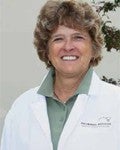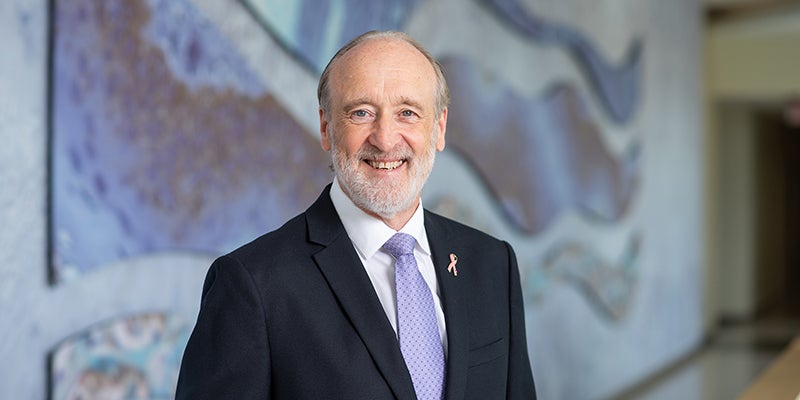Institute claims major stem cell research breakthrough
Published 10:50 am Thursday, February 9, 2012
Discovery published in ‘Nature’ could aid cancer drug development
Scientists at The Hormel Institute may have made a key finding in the world’s quest for cancer treatments.
The Institute has proposed a mechanism for the control of embryonic stem cells — which scientists there say potentially mirror the behavior of cancer cells — to either stay stem cells, or grow into adult cells like brain, liver or skin.
The Hormel Institute’s executive director Dr. Zigang Dong calls the research — published in a journal owned by the world-leading cancer journal, Nature — a breakthrough that “provides the molecular basis for development of regenerative medicine.”
“This research will aid in the development of the next generation of drugs that make repairs and regeneration within the body possible following damage by such factors as cancer, aging, heart disease, diabetes, or paralysis caused by traumatic injury,” Dong said.
Dong and Institute associate director Dr. Ann Bode led the research scientists performed using mouse stem cells.
“The fact that it is in ‘Nature’ shows that it is cutting edge and that it will have an impact on stem cell research around the world,” Bode said.
Officials said the research has implications in two areas: restraining or preventing cancer cell reproduction, and aiding the growth of adult stem cells to transplant into victims of heart disease, diabetes and traumatic injuries. The study gives researchers a handle on how those two competing processes might be controlled.
Bode said it’s a key finding, but stem cell research is still new, and it’s not understood how stem cells differentiate into what they become, such as skin, the liver or heart.
Bode said scientists at The Institute will continue their research in the area, which they have been working on for more than five years thanks to private grant funding from The Hormel Foundation and other sources.
The Institute published the finding in “Nature: Structure and Molecular Biology.”
The mechanism centers on a protein called Klf4, which is found in embryonic stem cells and whose activities include keeping those cells dividing and reproducing rather than differentiating. That is, Klf4 maintains the character of the stem cells, a process called “self-renewal.” The researchers discovered that two enzymes, called ERK1 and ERK2, inactivate Klf, allowing cells to begin differentiating into adult cells.
The researchers also discovered how the enzymes control Klf4. They attach a small molecule — phosphate, consisting of phosphorus and oxygen — to Klf4. This “tag” marks it for destruction by the cellular machinery that recycles proteins.
“Although the functions of Klf4 in cancer are controversial, several reports suggest Klf4 is involved in human cancer development,” Bode said.
Further, they found that suppressing the activity of the two enzymes allows the stem cells to maintain their self-renewal and resist differentiation. Taken together, their findings paint a picture of the ERK1 and ERK2 enzymes as major players in deciding the future of embryonic stem cells — and potentially cancer cells.
Also, many studies have shown that Klf4 can either activate or repress the functioning of genes and, in certain contexts, act as either an oncogene (that promotes cancer) or a tumor suppressor. Given these and their own findings, the Hormel Institute researchers suggest that the self-renewal program of cancer cells might resemble that of embryonic stem cells.







